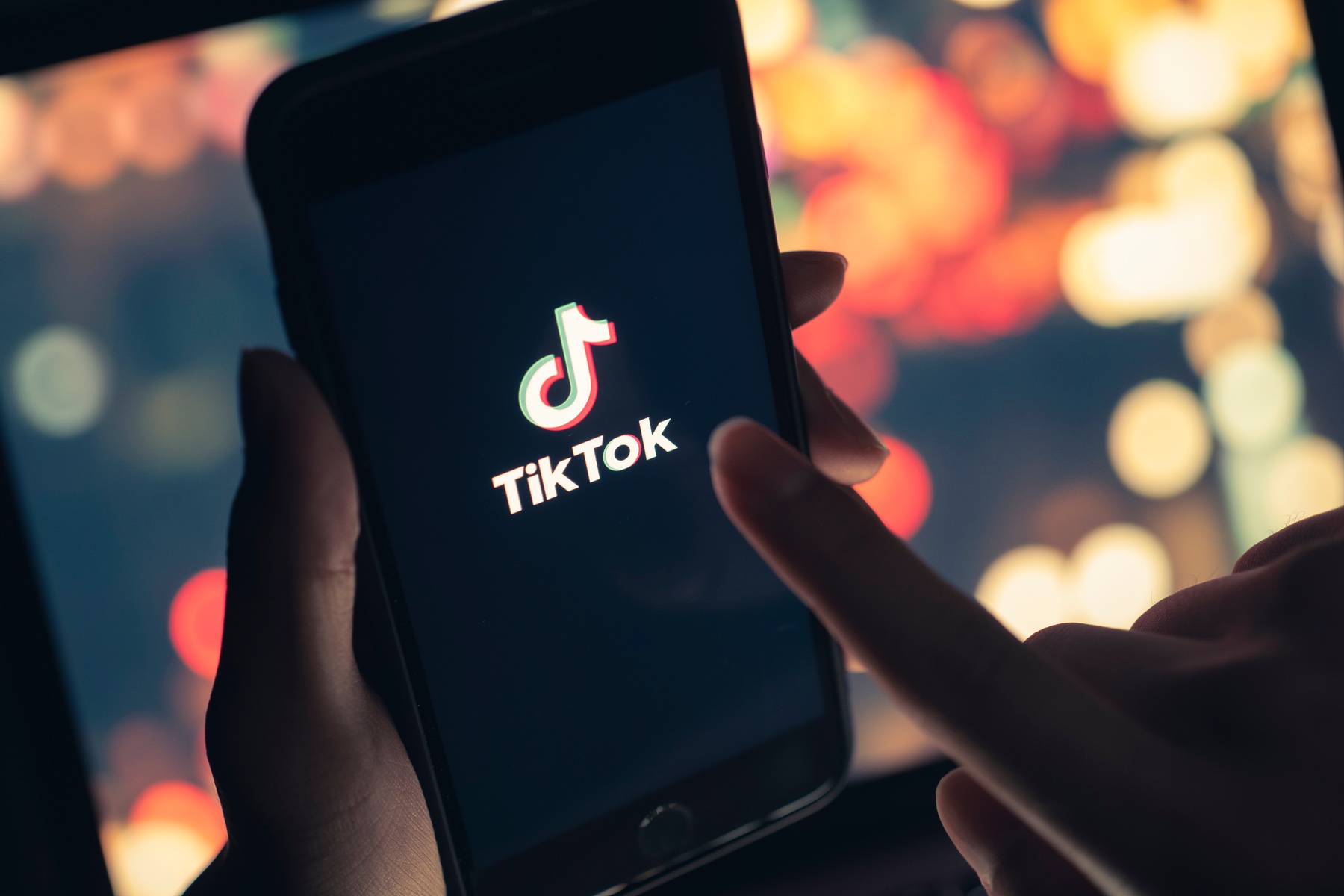The Link Between Language and Booking for International Travelers

Skift Take
This sponsored content was created in collaboration with a Skift partner.
This is an execrpt from the FREE Skift report, Local Everywhere, addressing the global translation challenge preventing travel brands from providing a first-class digital experience for international customers, brought to you in partnership with Smartling!
Download the Report, Free!
In most cases, travel consumer’s journey starts in social media and email before moving along to search and eventually to paid media. But it doesn't end there.
Travel brands also have to think about customer reviews and touch points that go well beyond the initial sell.
For example, the Chinese traveler arriving in San Francisco will want to know which services and amenities the hotel offers, in her native language. If it doesn’t the consumer might go somewhere else.
A study by Common Sense Advisory, for instance, found that 75% of buyers prefer to buy products in their native language. In addition, some 80% of consumers in the European Union say they’re not likely to buy travel services online if the company doesn’t offer a website in their native language.
That’s a big problem for travel brands -- at least for those that cater to international travelers -- that are pumping out consumer-facing content.
“The volume of content that's now involved in providing a good customer experience for the travel and hospitality sectors has just exploded," said Lily Varon, analyst at Forrester Research. Brands provide destination content for all markets in which they operate, plus information on concierge services, activities and amenities. Varon said that this puts pressure on travel brands because the translation process can be expensive.
Case in point: InterContinental Hotels Group. IHG tries to create a travel experience that has a local and culturally appropriate feel. “Ultimately, the goal is that we’ll improve the consumer’s experience of our brand,” said Chad Westfall, Vice President, Global Direct Channels. “If we can get more timely, accurate and relevant translations to our consumers, it means a better experience of our brands.”
Part of that experience involves localization. While translation might involve making content originally written in French accessible to English speakers, using British English in the U.S., for instance, will alienate potential customers by exposing the fact that there was little thought given to making the content relevant to a new audience...
Download this report to learn:
- Rising trends affecting global content marketing.
- The digital touchpoints and consumer journey for today's international traveler.
- How enterprise translation management software streamlines content operations and provides scaleability for global travel brands.
Download this report here:
[hubform id= '2e6fcf7d-b7ca-409b-87d4-96956a0a07f8']
Sponsored by:





